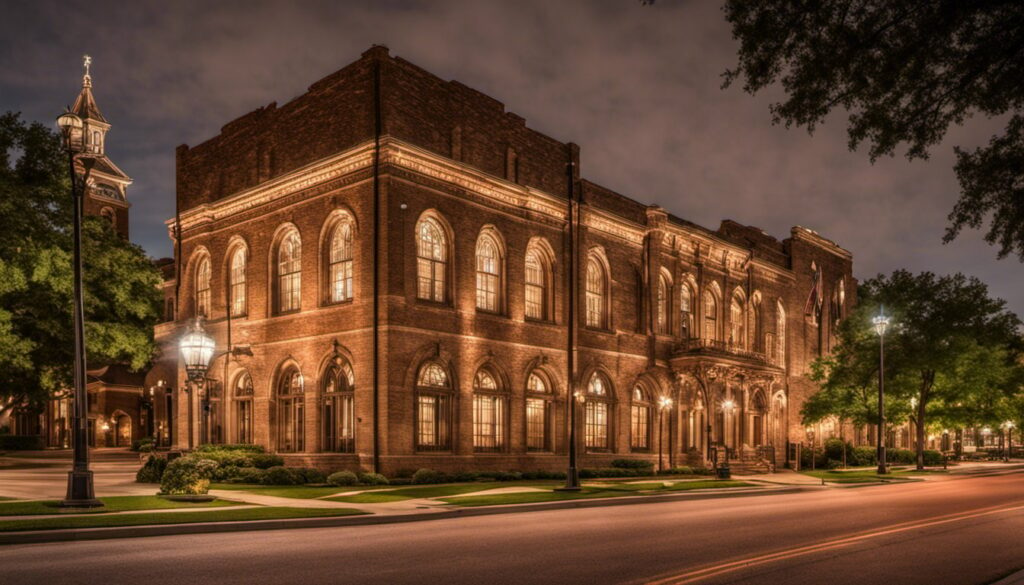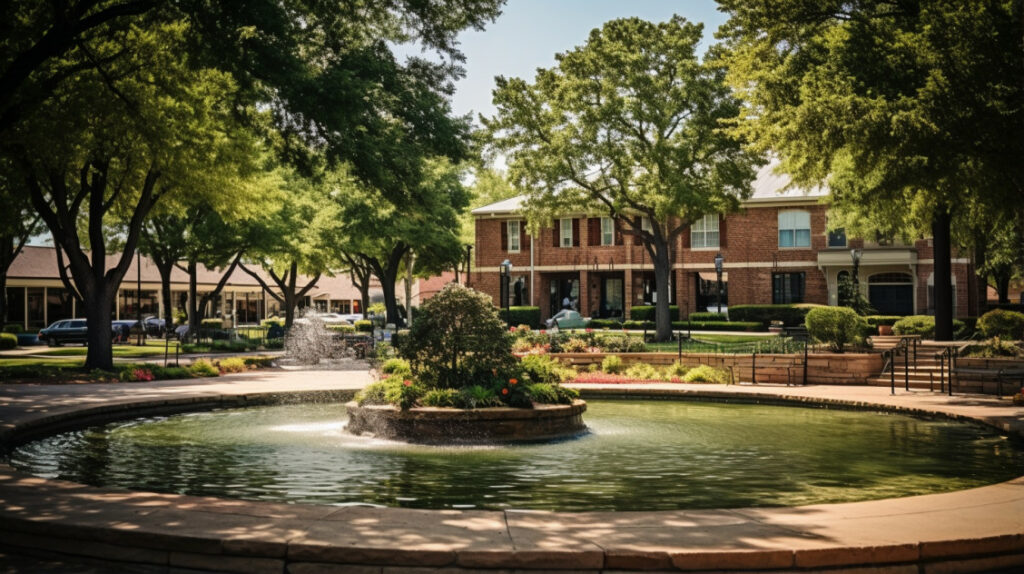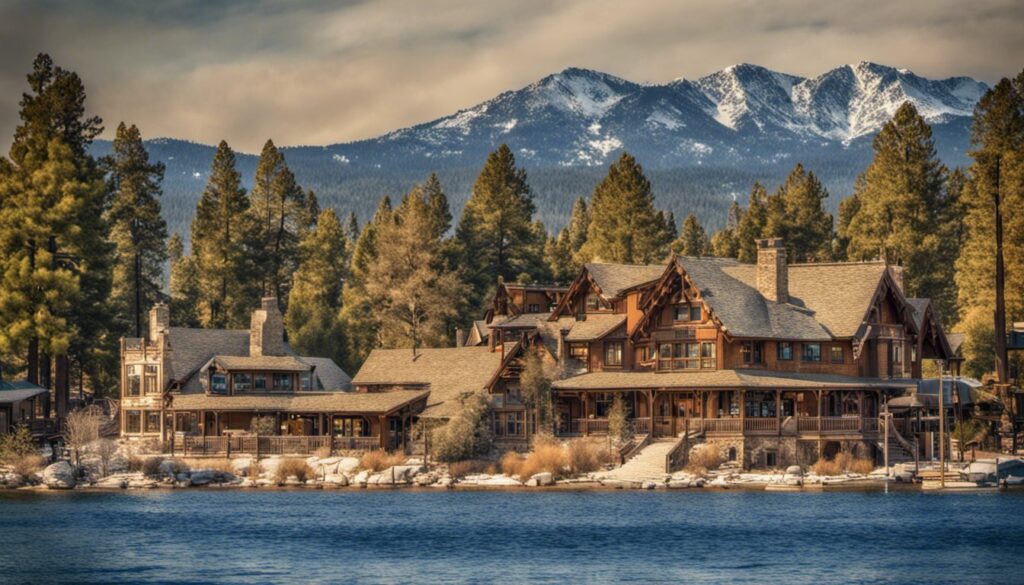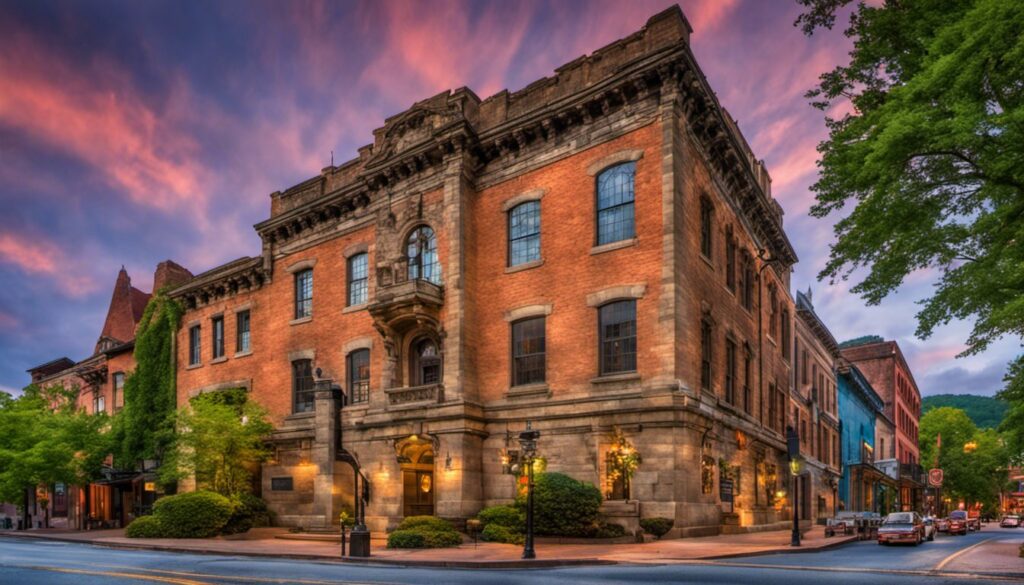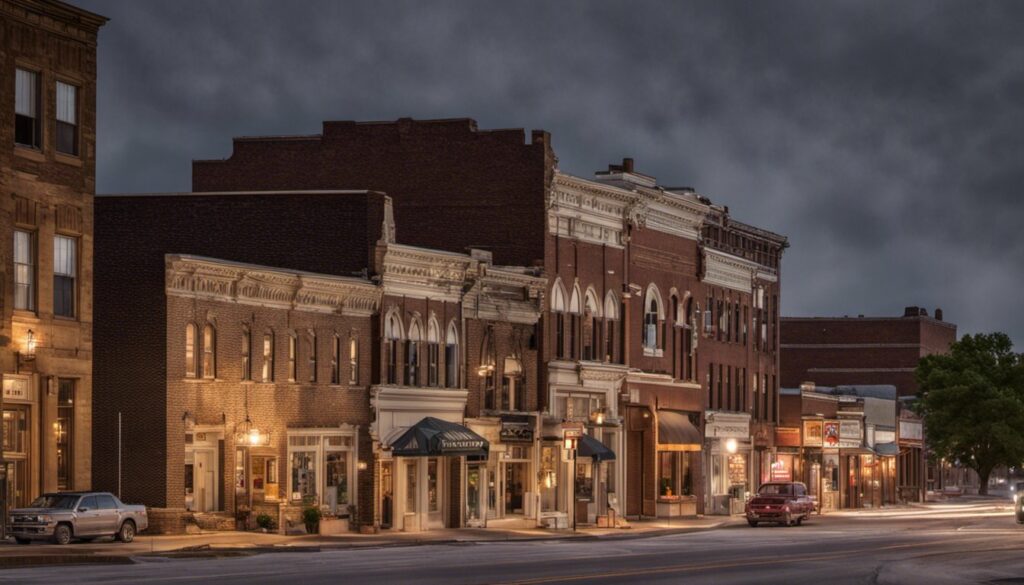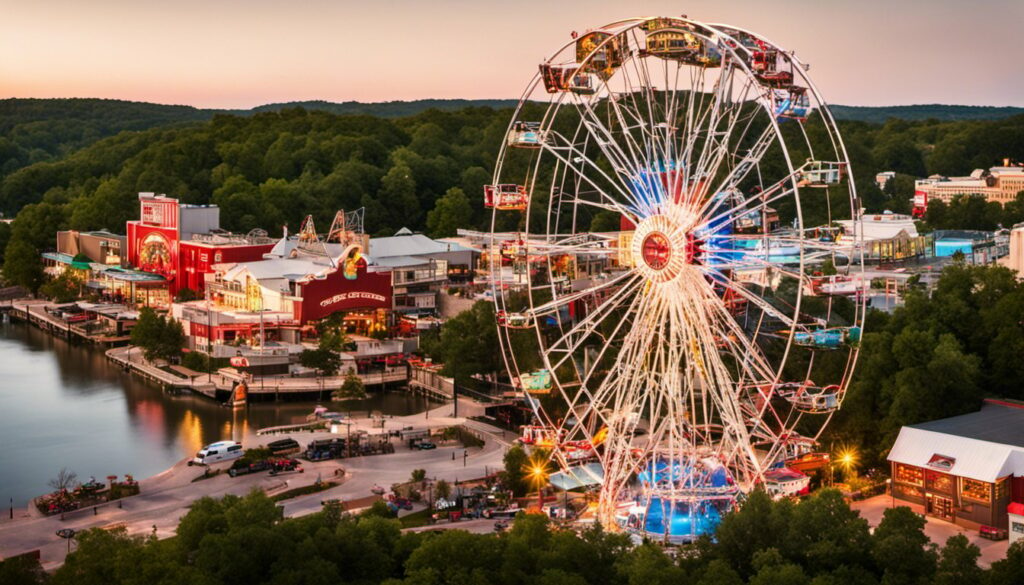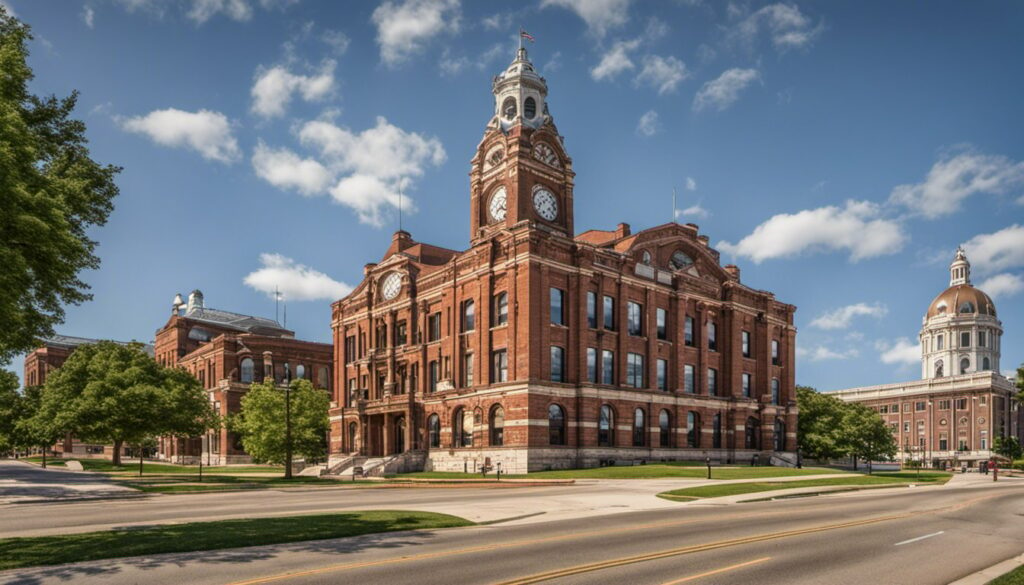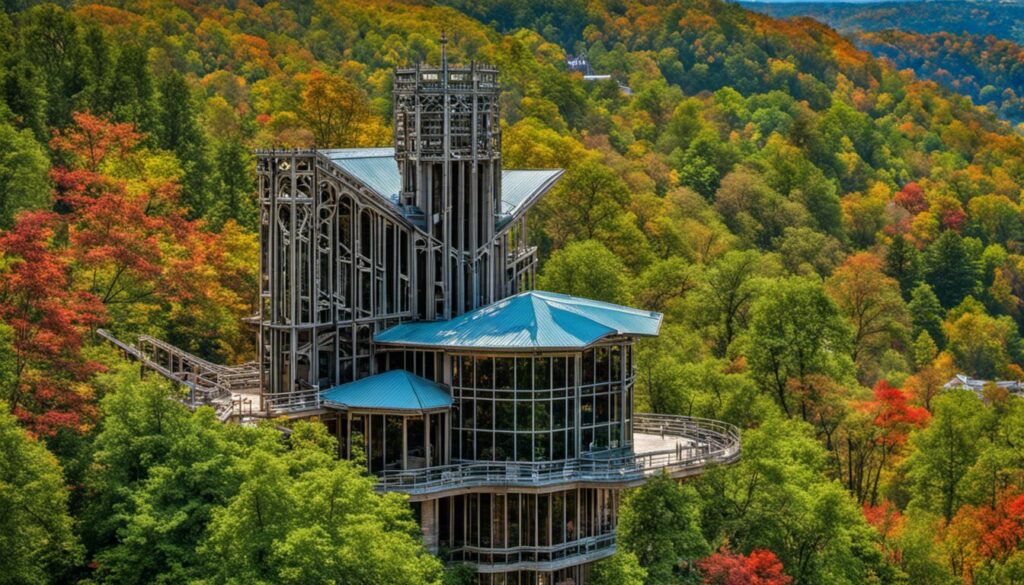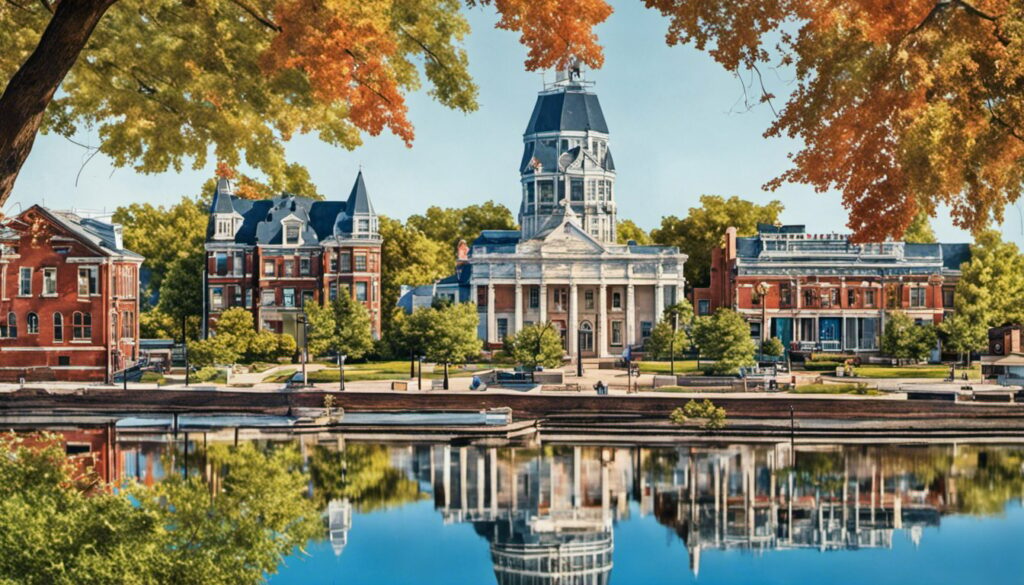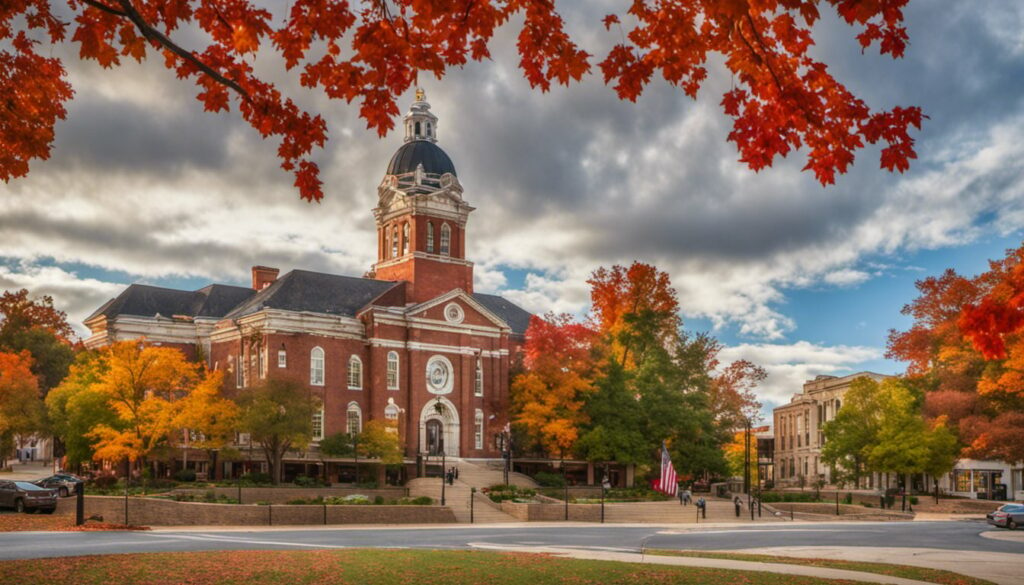Table Of Content
- Discover Plano, Texas: A Listicle of Historical Sites and Famous Landmarks
- Historical Sites in Plano
- Famous Landmarks of Plano
- National Register of Historic Places
- Locally Designated Districts
- Historic Structures in Plano
- Historic Fires in Plano
- The Ammie Wilson’s House
- Texas Historical Marker Program
- Frequently Asked Questions
Discover Plano, Texas: A Listicle of Historical Sites and Famous Landmarks

Are you planning a trip to Plano, Texas? Whether you’re a history buff or just looking for some interesting places to visit, you won’t want to miss the city’s many historical sites and famous landmarks. From the National Register of Historic Places to locally designated districts and historic structures, Plano has plenty to offer those interested in the city’s rich history.
Some of the most famous landmarks in Plano include the Ammie Wilson’s House, a beautiful Victorian home that was built in 1891 and is now a museum that recreates life during the prosperous early 1920s. You can also take a tour of the city’s historic downtown area, which features many well-preserved buildings and is home to several top-rated restaurants and shops. And don’t forget to check out the Texas Historical Marker Program, which has placed more than 15,000 markers across the state, including 3,600 in Plano alone.
Key Takeaways
- Plano, Texas is home to many fascinating historical sites and famous landmarks.
- From the National Register of Historic Places to locally designated districts and historic structures, there is plenty to explore.
- Don’t miss the Ammie Wilson’s House, historic downtown Plano, and the Texas Historical Marker Program.
Historical Sites in Plano
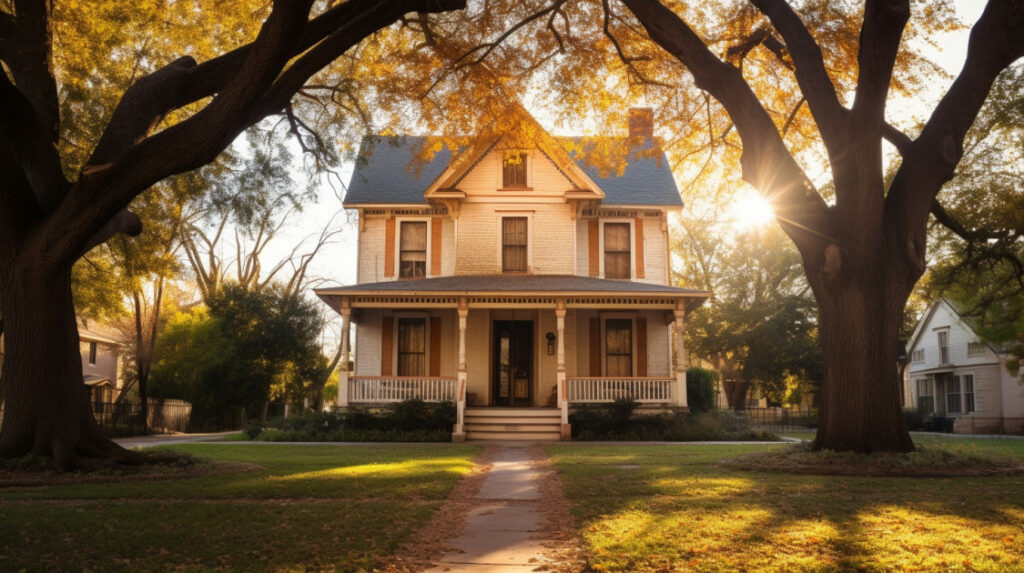
If you’re a history buff, you’ll be pleased to know that Plano, Texas has a rich history and is home to several historical sites that are worth visiting. Here are some of the top historical sites in Plano that you shouldn’t miss.
Interurban Railway Museum
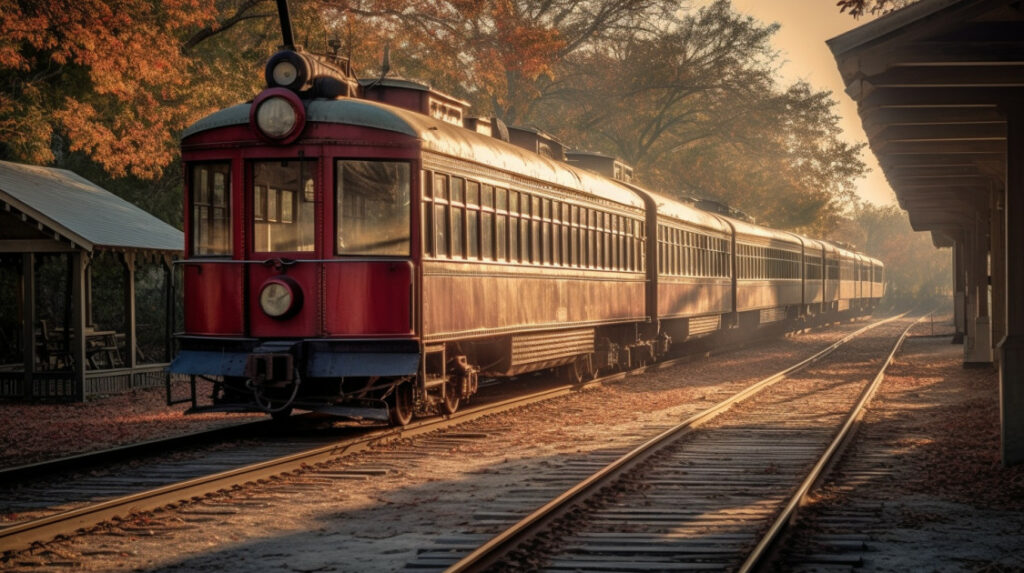
The Interurban Railway Museum is a must-visit for anyone interested in the history of Plano. This museum is located in a restored train station and offers a glimpse into the past of the Texas Electric Railway. You’ll get to see exhibits and artifacts that tell the story of how the railway helped shape Plano and the surrounding areas. The museum is open Tuesday through Saturday from 10 am to 2 pm, and admission is free.
Saigling House

The Saigling House is another historical site in Plano that you should check out. This house was built in 1906 and is a great example of the Queen Anne-style architecture that was popular during that time. The house has been restored to its original condition and now serves as a museum. You can take a guided tour of the house and learn about the history of Plano and the people who lived in the house. The Saigling House is open on Saturdays from 10 am to 2 pm, and admission is free.
Texas Pool

The Texas Pool is a historic swimming pool that was built in 1961 and is shaped like the state of Texas. This pool is a popular spot for families during the summer months and is a great place to cool off on a hot day. The pool has been restored to its original condition and features a diving board and a slide. The Texas Pool is open from Memorial Day to Labor Day, and admission is $10 for adults and $8 for children.
Plano, Texas has a rich history, and these historical sites are just a few examples of the many places you can visit to learn about it. Whether you’re a local or just visiting, be sure to check out these sites to get a better understanding of the history of Plano and Texas.
Famous Landmarks of Plano
If you’re a history buff, Plano, Texas is the perfect place to visit. The city is home to several famous landmarks that will take you back in time. Here are two of the most notable landmarks in Plano.
Recorded Texas Historic Landmarks
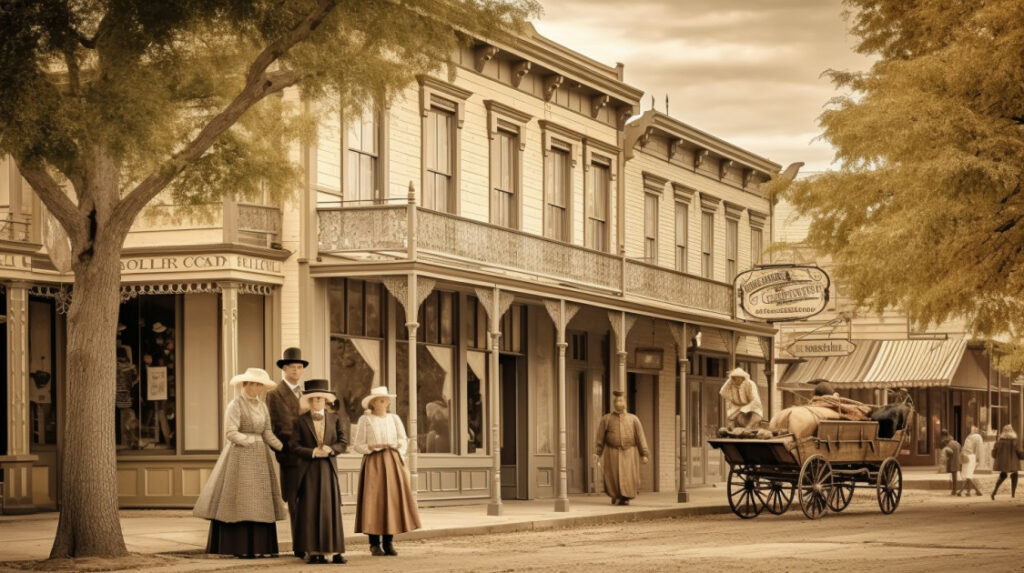
Recorded Texas Historic Landmarks (RTHL) are structures or sites deemed historically significant by the Texas Historical Commission. Plano has several RTHLs that you can visit to learn more about the city’s rich history. Some of the most notable RTHLs in Plano include:
- The Collinwood House: Built in 1861, the Collinwood House is one of the oldest homes in Plano. The house was built by William L. and Anne E. Collins and is a great example of Greek Revival architecture.
- The Saigling House: The Saigling House was built in 1896 and is one of the few remaining Queen Anne-style homes in Plano. The house was built by J.S. Saigling, who was a prominent businessman in the city.
City of Plano Cemeteries

The City of Plano has several cemeteries that are worth visiting if you’re interested in history. These cemeteries contain the final resting places of some of the city’s most notable residents. Some of the most famous cemeteries in Plano include:
- Plano Mutual Cemetery: The Plano Mutual Cemetery was established in 1881 and is the final resting place of several early settlers of Plano.
- Old City Cemetery: The Old City Cemetery is the oldest cemetery in Plano and contains the graves of several notable figures, including William Foreman, who served in the Texas Revolution.
Whether you’re interested in architecture, history, or simply want to learn more about Plano, these famous landmarks are a must-visit.
National Register of Historic Places

You’ll be thrilled to know that Plano, Texas is home to several historic landmarks and sites that are listed on the National Register of Historic Places. This prestigious list is maintained by the National Park Service and is a testament to the historical and cultural significance of these sites.
The National Register of Historic Places is a federal program that coordinates and supports efforts to identify, evaluate, and protect America’s historic and archaeological resources. It recognizes buildings, structures, sites, and objects that are significant in American history, architecture, engineering, or culture.
In Plano, there are several sites that have been recognized by the National Register of Historic Places. These include the Downtown Plano Historic District, the Interurban Railway Museum, and the Heritage Farmstead Museum. Each of these sites is a unique window into Plano’s history and culture.
The Downtown Plano Historic District is a vibrant area that includes several historic buildings, many of which have been restored and repurposed as restaurants and shops. The Interurban Railway Museum is housed in the city’s original electric railway station and tells the story of Plano’s transportation history. The Heritage Farmstead Museum is a living history museum that showcases the daily life of a North Texas family in the early 20th century.
Being listed on the National Register of Historic Places is a great honor and provides these sites with national recognition and protection. Visiting these historic landmarks and sites is a great way to learn about Plano’s rich history and culture.
Locally Designated Districts

If you’re interested in exploring Plano’s rich history, you’ll want to check out the locally designated districts. The City of Plano currently has 35 locally designated sites, referred to as “Heritage Landmarks” [1]. These include structures, sites, and cemeteries that have been deemed significant to the city based upon their own individual merits.
The locally designated districts are divided into two categories: historic districts and conservation districts. The historic districts are areas of the city that have been designated as having significant historical or architectural value. The conservation districts are areas of the city that have been designated as having unique architectural or aesthetic value, and are intended to preserve the character of the neighborhood [2].
Some of the most notable locally designated districts in Plano include:
- Downtown Plano Arts District: This district is home to a variety of art galleries, shops, and restaurants. It’s a great place to explore if you’re interested in the arts and culture scene in Plano.
- Haggard Park Historic District: This district includes several historic buildings, including the Texas Electric Railway Depot and the Saigling House. It’s a great place to learn about Plano’s early history.
- Plano Heritage Park: This park includes several historic buildings, including the Interurban Railway Museum, the Saigling House, and the Heritage Farmstead Museum. It’s a great place to learn about Plano’s agricultural and transportation history [3].
In addition to these districts, there are also several individual buildings and sites that have been designated as Heritage Landmarks. These include the Cox Building, the Plano Station, and the Plano Courthouse [1].
Overall, the locally designated districts in Plano offer a unique glimpse into the city’s rich history and cultural heritage. Whether you’re a history buff or just looking for something fun to do in Plano, be sure to check them out!
[1] https://www.plano.gov/1068/Locally-Designated-Sites [2] https://www.plano.gov/DocumentCenter/View/464/Designated-Districts-Brochure-PDF [3] https://www.plano.gov/1058/Designated-Sites-Districts
Historic Structures in Plano
If you’re a history buff, you’ll find plenty of fascinating structures in Plano, Texas. From old sawmills to churches and stores, these structures offer a glimpse into the city’s rich history.
Sawmill

Plano was once home to several sawmills that played a crucial role in the city’s development. These mills provided lumber for the construction of homes, businesses, and other structures. One such sawmill was the Plano Steam Saw and Planing Mill, which was built in 1881. Today, the mill has been restored and converted into a museum that showcases the history of the lumber industry in Plano.
Church

The First Christian Church of Plano is another historic structure that’s worth a visit. Built in 1891, the church is a beautiful example of Gothic Revival architecture. The building features stained glass windows, a bell tower, and other ornate details that are sure to impress.
Store

The Collin County History Museum is housed in the former Collin County Courthouse, which was built in 1896. The building served as the courthouse until 1979, when a new courthouse was built. Today, the building is home to the museum, which features exhibits on the history of Plano and Collin County.
These are just a few of the many historic structures that you can explore in Plano, Texas. Whether you’re interested in sawmills, churches, or stores, you’re sure to find something that fascinates you. So, why not take a trip back in time and explore the rich history of this fascinating city?
Historic Fires in Plano
Plano has a rich history that includes several significant fires that have shaped the city’s development. Here are a few notable fires that have left their mark on Plano’s history:
The Great Fire of 1895

The Great Fire of 1895 was one of the most destructive fires in Plano’s history. It started in the early morning hours of May 25, 1895, in the rear of the M. J. Baccus Store on the east side of the 100 block of North Central Expressway. The fire quickly spread to neighboring buildings, destroying most of the downtown area. The fire burned for over six hours, and by the time it was finally extinguished, 15 businesses and 11 homes had been destroyed.
The 1916 Fire

On December 11, 1916, a fire broke out in the heart of Plano’s business district. The fire started in the rear of the J. C. Penney store on the corner of 15th Street and Avenue K. The fire quickly spread to other buildings, destroying several businesses. The Plano Fire Department, which had been established only a few years earlier, was able to contain the fire and prevent it from spreading further.
The 1974 Fire

On March 25, 1974, a fire broke out at the Plano Senior High School. The fire started in the school’s auditorium and quickly spread to other parts of the building. The fire caused extensive damage to the school, and classes were canceled for several days while repairs were made. The cause of the fire was never determined.
The 2018 Fire

On July 16, 2018, a fire broke out at the historic Collinwood House in Plano. The Collinwood House, which was built in 1861, is one of the oldest homes in Plano and is listed on the National Register of Historic Places. The fire caused significant damage to the home, but fortunately, no one was injured. The cause of the fire was later determined to be accidental.
Plano’s history is full of stories of resilience and perseverance in the face of adversity. The fires that have swept through the city over the years have left their mark, but they have also helped shape the city into what it is today.
The Ammie Wilson’s House

If you’re a history buff, you won’t want to miss the chance to visit the Ammie Wilson House in Plano, Texas. This late-Victorian farm-house was built in 1891 on a 365-acre farm belonging to Mary Alice Farrell and her husband Hunter Farrell, a landowner and businessman whose family had moved to Texas from Virginia. The house was later given to Ammie Wilson in 1934, and she raised prize-winning Hampshire sheep on the property.
Today, the Ammie Wilson House is a Recorded Texas Historic Landmark (RTHL) and a popular attraction for locals and tourists alike. In fact, it’s one of the few remaining historic landmarks in Plano, so it’s definitely worth a visit if you’re interested in the city’s history.
The house has been well-preserved over the years, and you can still see many of the original features, such as the wrap-around porch and the ornate woodwork. Inside, you’ll find a museum that tells the story of Ammie Wilson and her life on the farm. You’ll learn about her successes as a woman in a male-dominated business and the impact she had on the city of Plano.
If you’re interested in history, be sure to stop by the Ammie Wilson House during your visit to Plano, Texas. It’s a fascinating glimpse into the past and a reminder of the city’s rich heritage.
Texas Historical Marker Program
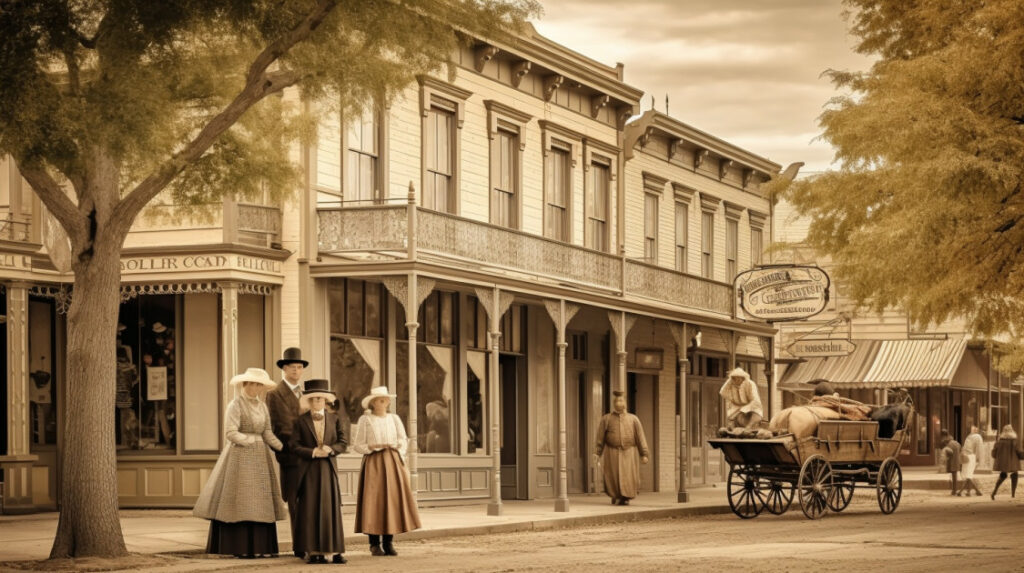
If you are a history buff, you will be excited to learn about the Texas Historical Marker Program. This program, which was inaugurated in 1962, is run by the Texas Historical Commission (THC) and is responsible for commemorating diverse topics in Texas history. The program includes both the Recorded Texas Historic Landmark (RTHL) and subject marker programs.
The RTHL markers are the most prestigious and are reserved for historically significant sites and structures that are at least 50 years old. More than 16,000 markers have been placed across the state, including over 3,800 RTHL markers. Plano, Texas, is home to several RTHL markers, including the Collin County Courthouse and the Interurban Railway Station.
The subject marker program, on the other hand, is for markers that commemorate events, individuals, and other topics that are significant to Texas history. There are over 15,000 subject markers across the state, including several in Plano. These markers cover a wide range of topics, from the history and architecture of houses and commercial buildings to military sites and religious congregations.
Both the RTHL and subject markers are an important part of Texas history and help to preserve the state’s rich cultural heritage. If you are interested in learning more about the Texas Historical Marker Program and the markers in Plano, you can visit the THC website. Here, you can find information on the various markers, including their locations and historical significance.
Frequently Asked Questions
Which famous landmark in Plano, Texas is a former railroad station that has been converted into a cultural arts center?
The famous landmark in Plano, Texas that was once a railroad station and has now been converted into a cultural arts center is the Interurban Railway Museum. It is located in the heart of downtown Plano and offers visitors a glimpse into the history of the city’s transportation system.
What is the name of the historic home in Plano, Texas that was built in the 1860s and is now a museum?
The historic home in Plano, Texas that was built in the 1860s and is now a museum is called the Heritage Farmstead Museum. It is a living history museum that showcases life on a Texas farm in the late 19th and early 20th centuries.
Which Plano, Texas landmark is a historic cemetery that dates back to the mid-1800s?
The historic cemetery in Plano, Texas that dates back to the mid-1800s is the Plano Mutual Cemetery. It is the final resting place of many of the city’s early settlers and is a popular destination for history buffs.
What is the significance of the Interurban Railway Museum in Plano, Texas?
The Interurban Railway Museum is significant because it showcases the history of transportation in Plano, Texas. It was once a hub for the Texas Electric Railway and now serves as a cultural arts center that hosts a variety of events and exhibits.
Which famous Plano, Texas site is a restored 1900s schoolhouse that now serves as a community center?
The famous Plano, Texas site that is a restored 1900s schoolhouse and now serves as a community center is the Saigling House. It is located in downtown Plano and offers a variety of programs and events for the community.
What is the history behind the Saigling House in Plano, Texas and how is it being used today?
The Saigling House was built in 1906 by William Saigling, a prominent businessman in Plano. It was later used as a school and then as a community center. Today, it serves as a hub for community events and programs and is a popular destination for residents and visitors alike.

